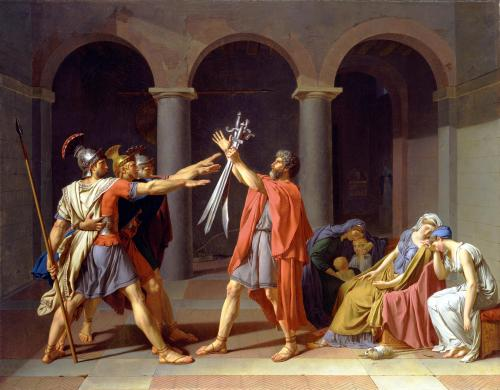Non Western Art Analysis

Exhibit of Japanese Modern Manga Art Introduction to Manga Manga is broadly defined as any cartoon, comic, or animation originating from Japan (Impact). Today, most commonly, manga refers to printed comic books, while anime is reserved for animated works (Impact). Manga is by no means a new art form. The oldest work depicting an illustrated sequential story is a series of scrolls known as Choju Jinbutsu Giga or Scrolls of Frolicking Animals from the 12 th and 13 th centuries (Jones). The first true manga, however, is accepted as being Hokusai Katsushika’s sketches of daily life from 1814, and the first modern manga by Kitazawa Rakuten was published in 1902 (Began). Manga has a wide variety of styles that have evolved throughout the decades. Additionally, manga covers an array of genres. Pretty Soldier Sailor Moon Volume One by Naoko Takeuchi 1992 Naoko Takeuchi is both the author and illustrator of Sailor Moon , a manga series she created while living in Japan .


.jpg)
